The natural world keeps surprising us with incredible comeback stories that challenge everything we thought we knew about extinction. While countless species disappear forever, some manage to slip through the cracks, hiding in remote corners of our planet for decades or even centuries. These miraculous rediscoveries remind us that nature is far more resilient than we imagine.
Scientists have a term for these remarkable returnees: Lazarus species. Named after the biblical figure who rose from the dead, these creatures were presumed extinct but later found very much alive. Their rediscoveries often happen in the most unexpected places, sometimes right under our noses. Let’s explore ten extraordinary species that fooled the scientific world and made triumphant returns from the brink.
The Coelacanth: A Fish That Defied Time
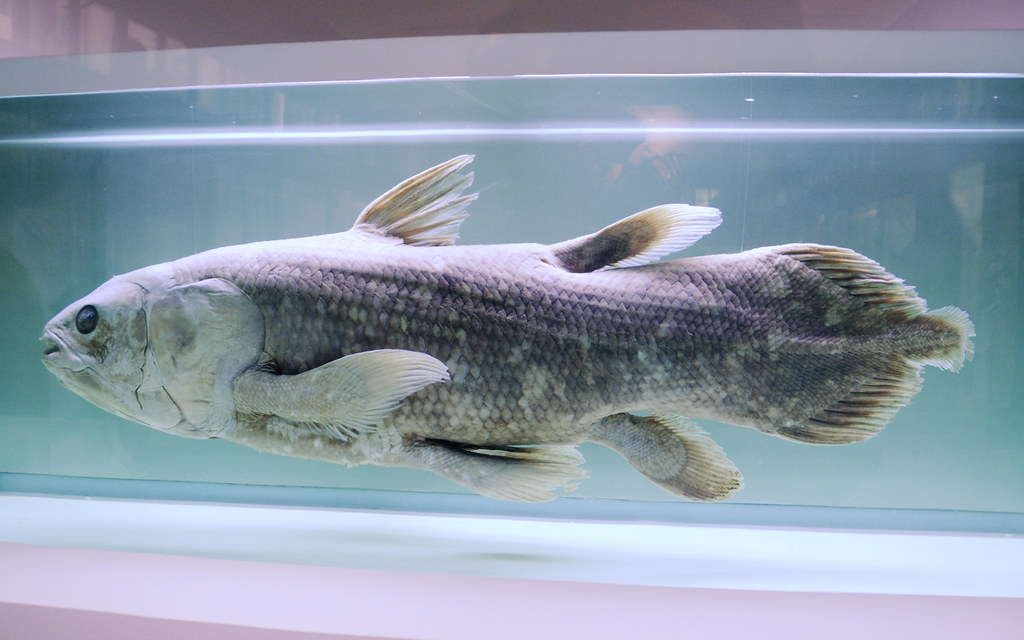
Imagine finding a dinosaur wandering around your backyard. That’s essentially what happened when a museum curator named Marjorie Courtenay-Latimer discovered a peculiar fish among a local fisherman’s catch off the coast of South Africa on December 22, 1938. This wasn’t just any fish though.
Coelacanths were believed to have become extinct at the end of the Cretaceous period, around 66 million years ago. The discovery sent shockwaves through the scientific community. The unexpected capture was called “the most sensational natural history discovery” of the century, even “outdoing” the Loch Ness Monster sensation.
These ancient fish possess remarkable features that connect them to the evolutionary bridge between sea and land animals. The most striking characteristic is their paired lobe fins that extend like legs and move in an alternating pattern, plus unique features like a hinged skull joint and thick scales common only to extinct fish. Today, coelacanths remain incredibly rare, living in deep ocean caves up to 2,300 feet below the surface.
Attenborough’s Long-Beaked Echidna: The Spiky Survivor
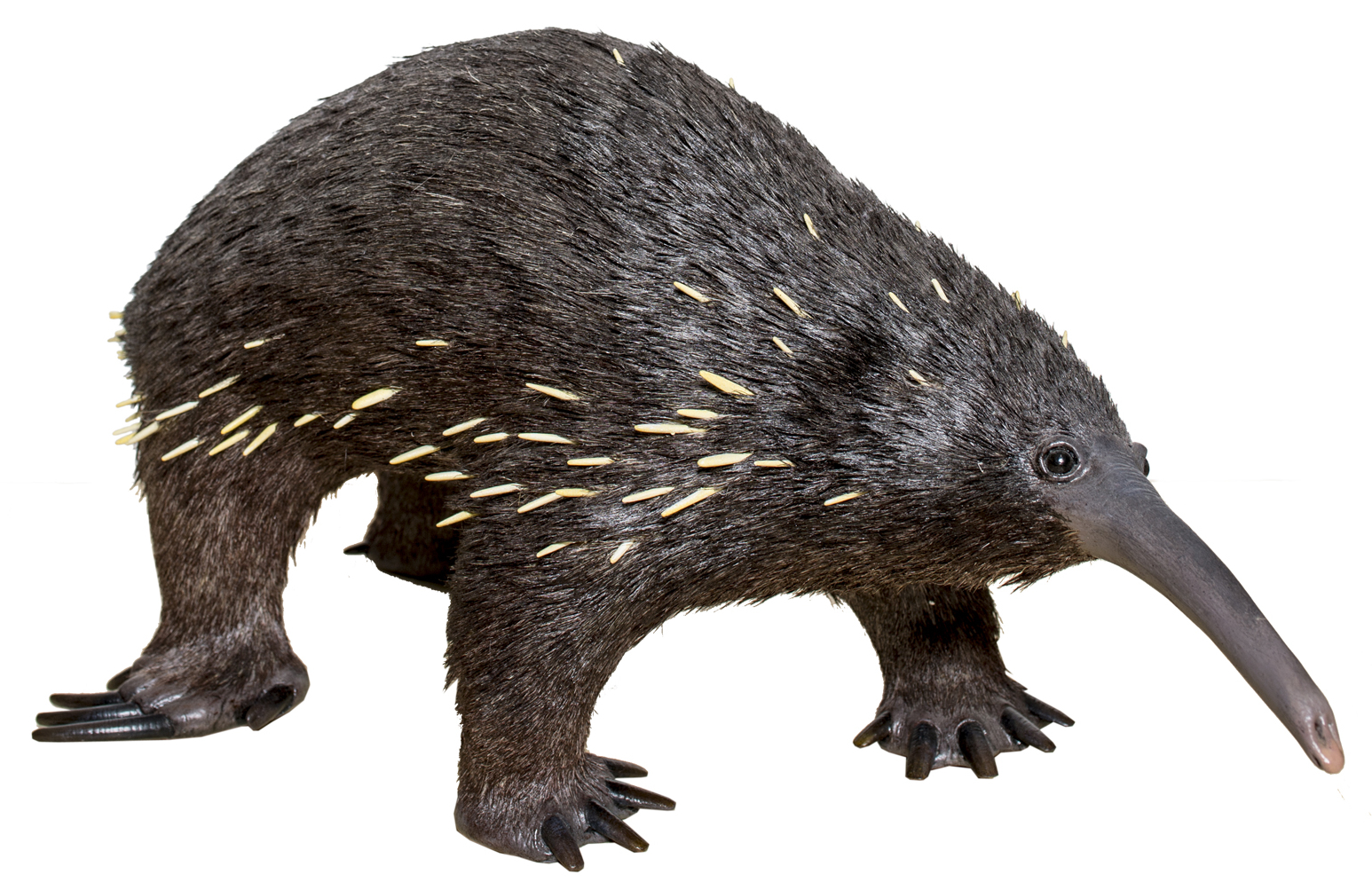
Attenborough’s long-beaked echidna, named after Sir David Attenborough, was thought to be the most threatened of three long-beaked echidna species and hadn’t been seen in Indonesia for 62 years until its rediscovery in 2023. This wasn’t just any ordinary mammal either.
Echidnas are fascinating creatures: they’re mammals that lay eggs, and they’ve been called “living fossils” with origins stretching back to when dinosaurs walked the Earth. In November 2023, footage of this incredible mammal was captured in its home, the Cyclops Mountains of Indonesia, more than 60 years after it was last seen.
The rediscovery came through a carefully planned expedition using camera traps. What makes this find even more remarkable is how elusive these creatures are. Their protective spines and secretive nature make them masters of hiding, which explains how they managed to avoid detection for over six decades in some of Earth’s most remote mountain forests.
De Winton’s Golden Mole: Found Through Environmental DNA

Using a groundbreaking technique never used before to detect golden moles, a team of conservationists from the Endangered Wildlife Trust and the University of Pretoria announced the rediscovery of De Winton’s Golden Mole in 2023, after 87 years of being lost. The method they used was revolutionary.
The team used environmental DNA (eDNA), which is DNA that animals shed as they move through the environment, typically in the form of skin cells, hair and bodily excretions. This approach was crucial because golden moles live in largely inaccessible underground burrows and have extremely sensitive hearing that lets them detect vibrations from movement above ground.
The rediscovery highlights how modern technology can help us find species that traditional search methods might miss. These tiny, blind mammals spend most of their lives underground in the sandy soils of South Africa, making them nearly impossible to spot with conventional wildlife surveys. The eDNA technique opens up new possibilities for finding other lost species that might be hiding in plain sight.
Victorian Grassland Earless Dragon: Australia’s Hidden Lizard
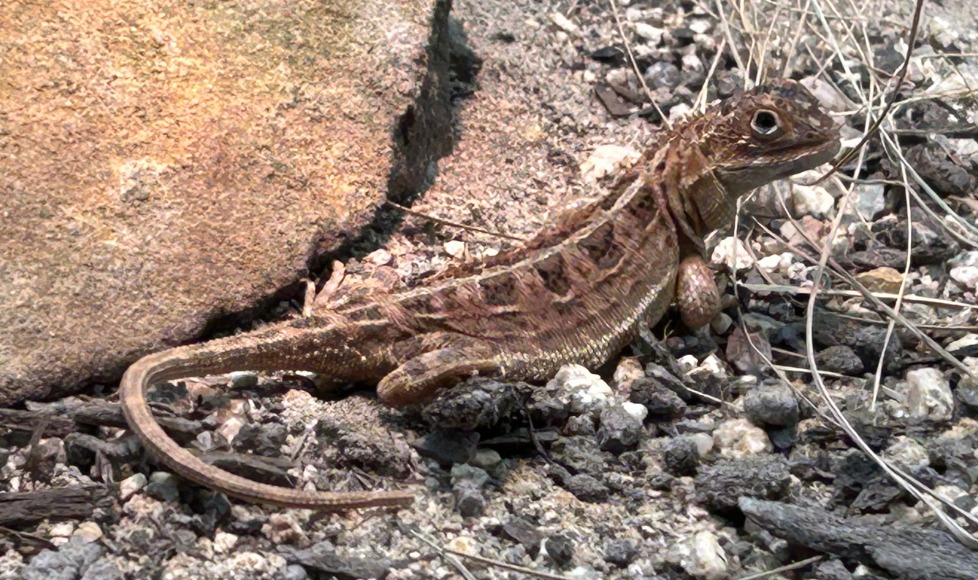
Another remarkable 2023 rediscovery was the Victorian grassland earless dragon, an Australian lizard unseen by scientists for more than 50 years, with the last confirmed sighting happening in 1969. This small reptile had seemingly vanished from Victoria’s grasslands due to extensive habitat destruction in the 1960s.
Hope remained for its survival due to various unconfirmed sightings, and these hopes were finally confirmed when an ecological survey rediscovered the first individual just last year, leading to the collection of 16 individuals who are now in a breeding program at Melbourne Zoo.
The dragon’s rediscovery represents a conservation success story in the making. These lizards are perfectly adapted to grassland environments, with their ability to remain motionless and blend seamlessly with their surroundings. The fact that they survived decades of urban development and agricultural expansion in one of Australia’s most populated states demonstrates nature’s incredible persistence.
Fernandina Giant Tortoise: Lone Survivor on a Volcanic Island
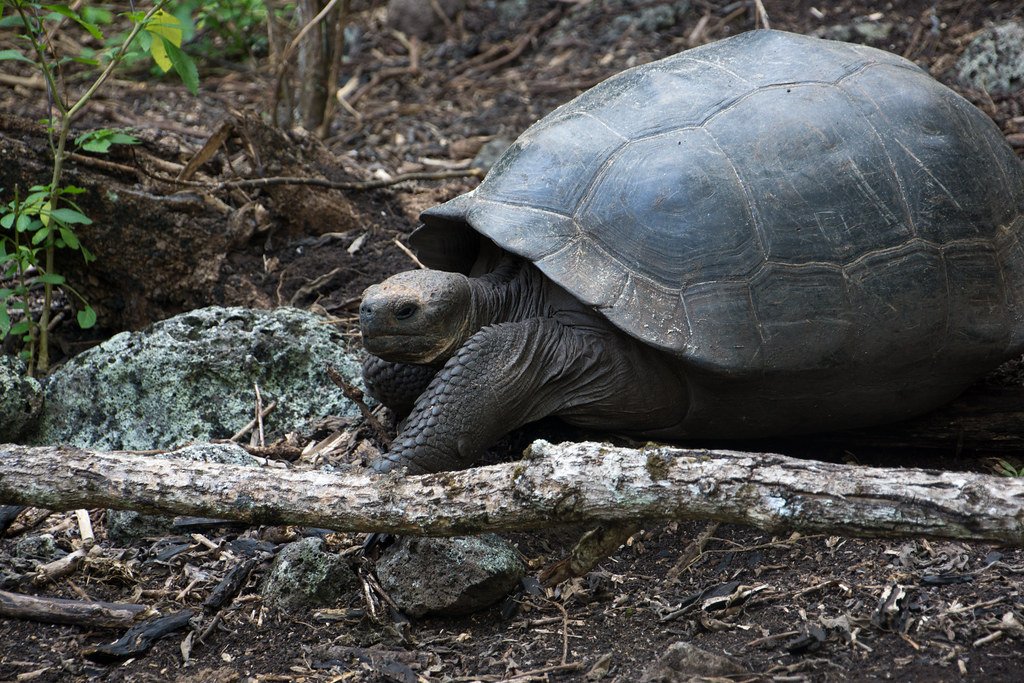
A tortoise from a Galápagos species long believed extinct has been found alive and confirmed to be a living member of the species, named Fernanda after her Fernandina Island home, making her the first of her species identified in more than a century. The Fernandina Tortoise was presumed extinct since 1906.
In 2019, after two days of surveying, an expedition team crossed a three-mile stretch of hardened lava flow and successfully located the tortoise sheltering from the equatorial sun, buried deep under a pile of brush. The discovery required tremendous effort due to the island’s harsh volcanic landscape.
Genetic sequencing confirmed that Fernanda was remarkably similar to the specimen found on the island more than 100 years ago, and both were very different from all other islands’ tortoises. This female tortoise, estimated to be over 100 years old, now represents hope for an entire species that was written off as extinct over a century ago.
Jackson’s Climbing Salamander: The Lunch Break Discovery
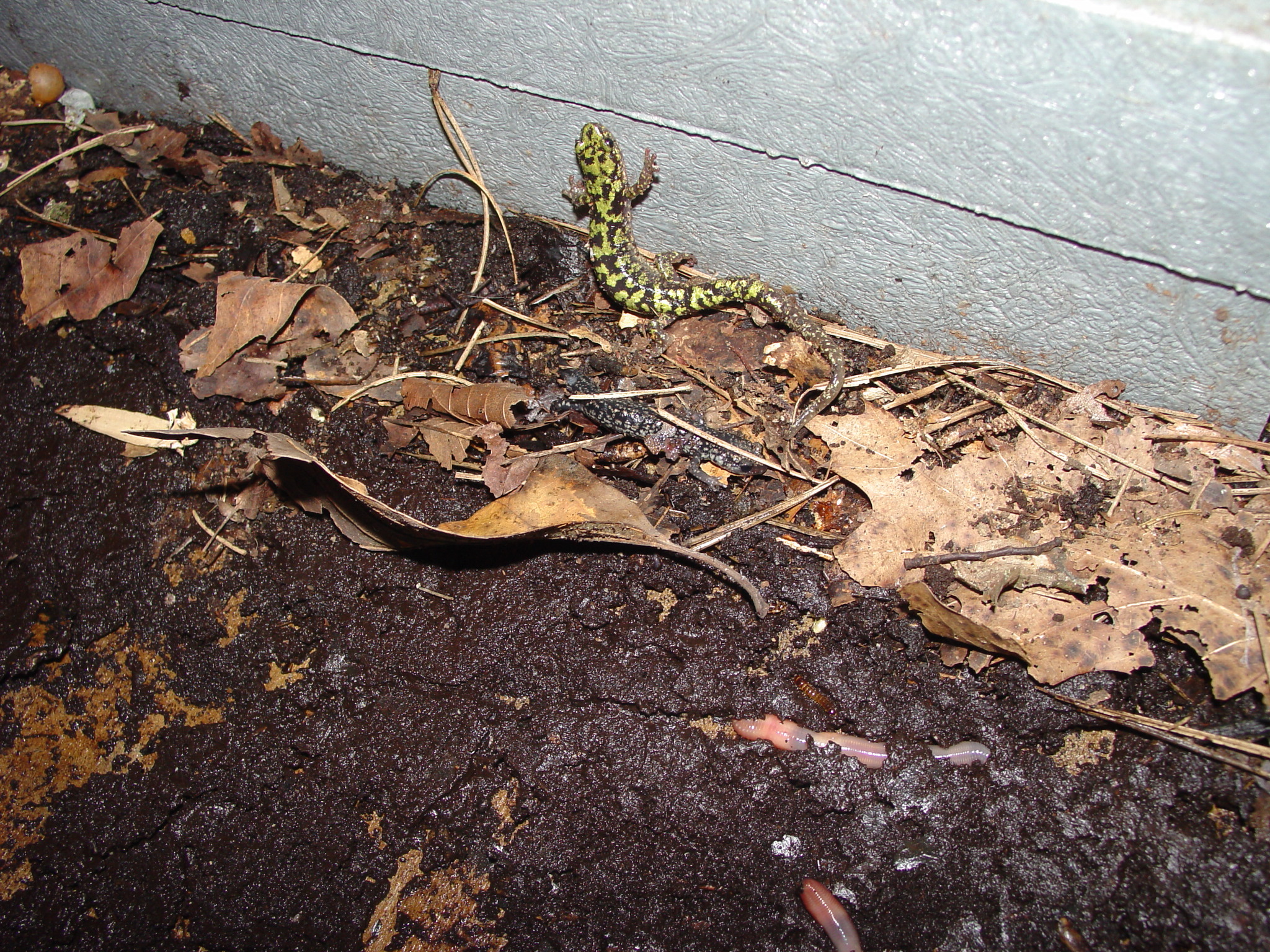
The critically endangered Jackson’s climbing salamander was lost for 42 years and is known for being “adept at escaping human attention,” except for the one rediscovered in 2017 in Guatemala, which was spotted by a park ranger during his lunch break. Sometimes the most significant discoveries happen during the most ordinary moments.
This cloud forest species had vanished from scientific radar since the 1970s, leading many to fear it had joined the growing list of extinct amphibians. Cloud forests are particularly vulnerable ecosystems, often affected by climate change and habitat destruction. The salamander’s ability to remain hidden for over four decades in these misty mountain forests speaks to both its elusive nature and the remote, protected areas it calls home.
The rediscovery of Jackson’s climbing salamander brings hope to amphibian conservation efforts worldwide. Salamanders face numerous threats including fungal diseases, habitat loss, and climate change, making every rediscovery a precious opportunity to implement protective measures before it’s too late.
Wallace’s Giant Bee: The Thumb-Sized Buzzer
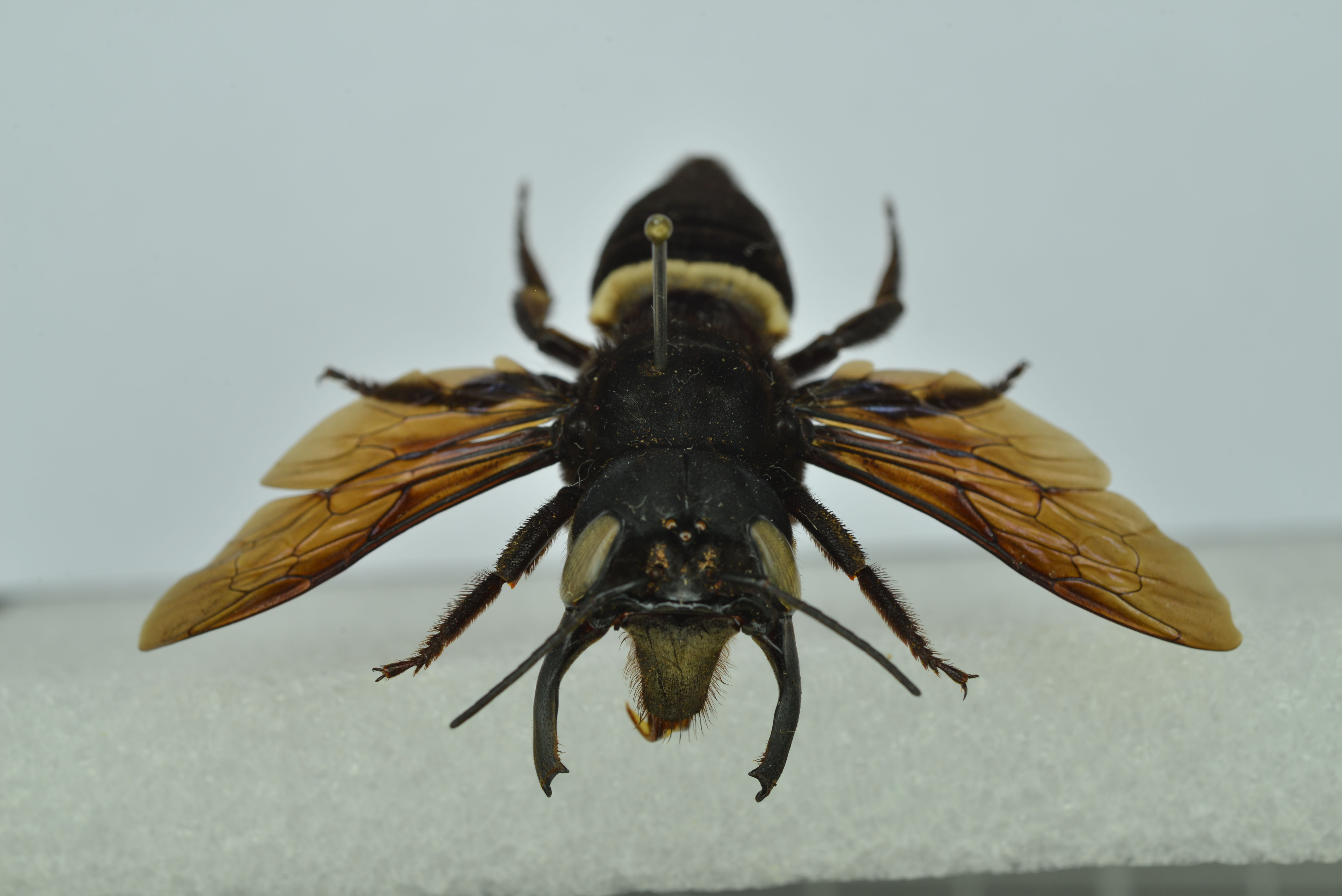
At up to 4.5 centimeters long with a wingspan of 6 centimeters, about the size of an average human thumb, the female Wallace’s giant bee is the largest in the world and hadn’t been seen in the wild since 1981, until scientists found it again in early 2019 after a five-day trek in remote northeast Indonesia.
Its rediscovery was described as “a monumental moment” that scientists hoped would spur preservation efforts. This massive bee, with its distinctive large jaws, makes its nests in termite mounds in tropical forests. The species faces ongoing threats from deforestation and palm oil plantations that continue to destroy its habitat.
The rediscovery required incredible dedication from the research team, who spent years planning their expedition and days trekking through dense jungle. Finding this particular bee was like searching for a needle in a haystack, given its enormous range and secretive nesting habits in remote forest areas.
Batman River Loach: Turkey’s Tiny Fish Survivor
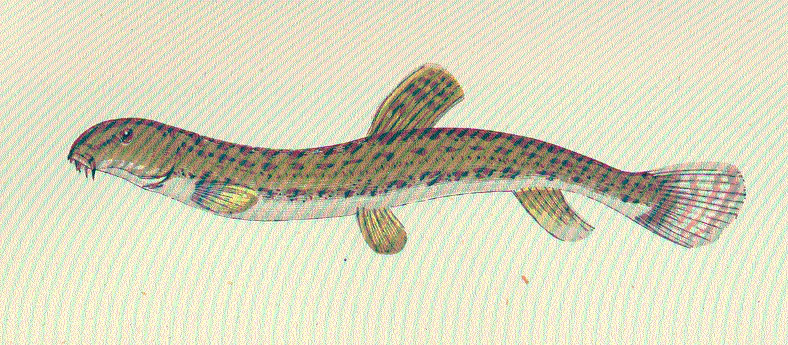
In 2022, Turkish ichthyologists rediscovered populations of the Critically Endangered Batman River Loach in two streams in southeast Turkey, marking the first time the tiny fish had been seen since 1974, and making it the first species rediscovered from the top 10 most wanted lost fishes list.
Populations of the Batman River loach nosedived after construction of the Batman Dam in Turkey between 1986 and 1999, leading some scientists to fear extinction, as the dam fragmented the species’ habitat and prevented the fish from moving downstream. The construction essentially trapped remaining populations in isolated stream sections.
This rediscovery demonstrates how infrastructure development can push species to the brink, but also shows that with dedicated search efforts, we can sometimes find survivors in unexpected places. The loach’s persistence in small tributary streams offers hope for other freshwater species that have been similarly affected by dam construction worldwide.
Myanmar Jerdon’s Babbler: The Sparrow-Sized Comeback
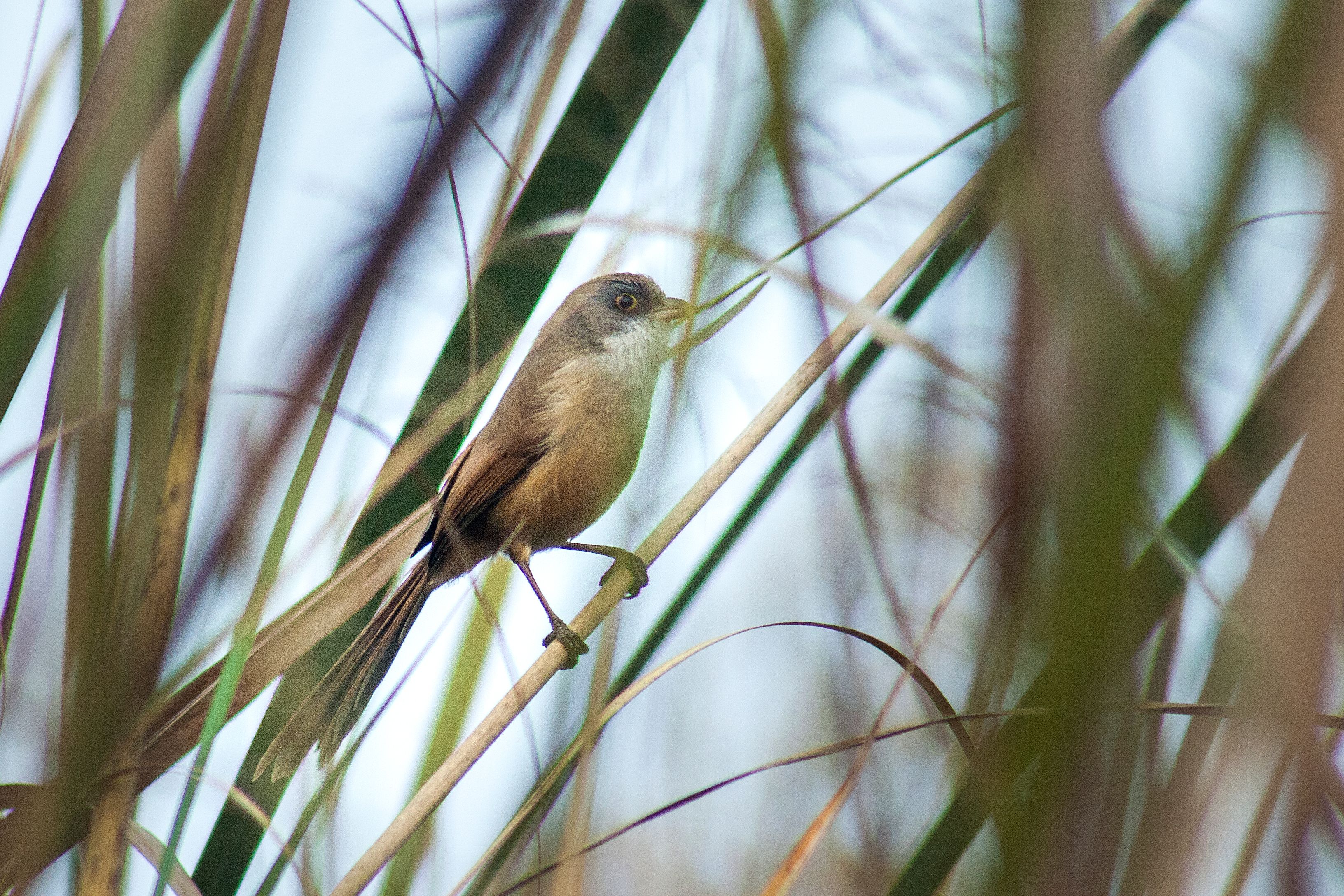
The Myanmar Jerdon’s babbler, a small brown bird about the size of a sparrow, was initially described in 1862 and was last sighted in Myanmar in 1941, believed to be extinct until it was rediscovered in 2014 when conservationists heard its distinctive call and found several adult birds in the area.
This bird’s rediscovery came through careful listening rather than visual spotting. Experienced ornithologists recognized the unique call patterns that hadn’t been heard in the scientific community for over seven decades. The species had managed to survive in remote grassland areas that remained relatively undisturbed during Myanmar’s periods of political instability.
The babbler’s story shows how political conflicts can sometimes inadvertently protect wildlife habitats by keeping human development at bay. However, it also highlights the challenges of conducting conservation research in politically unstable regions, where species might persist unknown to science for decades.
Cuban Solenodon: The Venomous Mammal’s Return
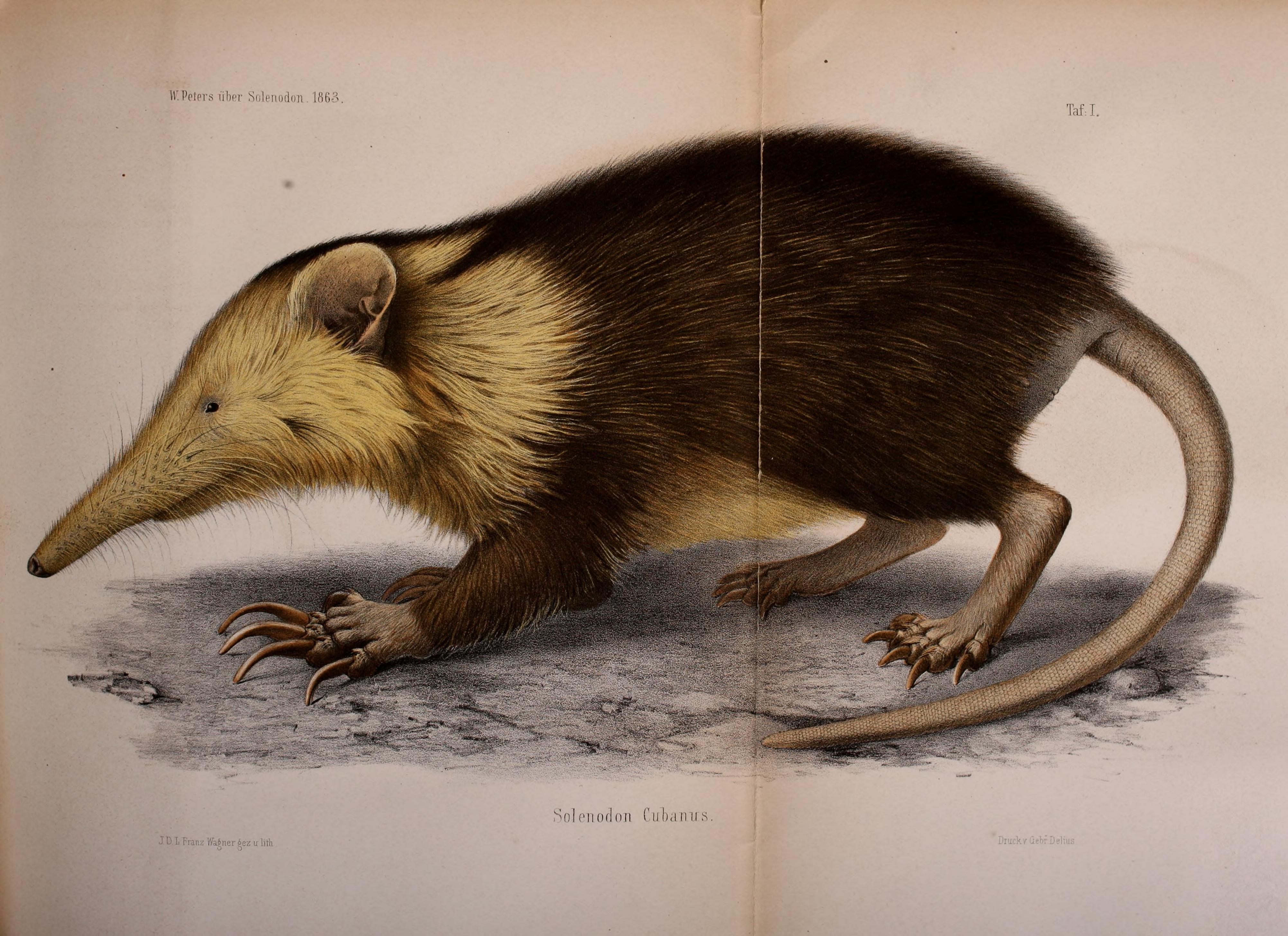
This curious mammal is unusual in more ways than one: not only is it so rare that it was once thought extinct, but it’s also one of the few mammals that are venomous, with nocturnal, shrew-like creatures possessing long quivering snouts and venomous saliva used to kill small prey like lizards and frogs.
In the 1960s, Cuban solenodons had dwindled to such small numbers that they were described as among the rarest animals on earth, and were actually declared extinct in 1970, but just four years later, in 1974, one individual was discovered in a Cuban national park, bringing new hope for the species.
The solenodon represents one of the most unique mammalian lineages on Earth, having evolved in isolation on Caribbean islands. Their venomous bite and primitive features make them living links to ancient mammalian evolution. The species continues to face threats from introduced predators like cats and dogs, but conservation efforts in protected areas offer hope for their long-term survival.
Conclusion
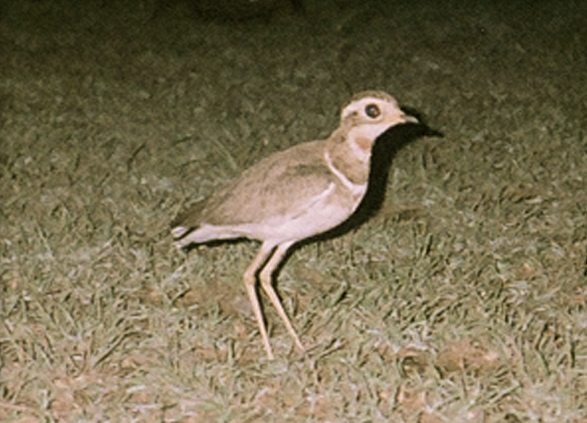
These extraordinary rediscoveries remind us that extinction isn’t always forever. Each species that emerges from the shadows of presumed extinction brings invaluable lessons about resilience, adaptation, and the importance of never giving up hope. From ancient fish that survived millions of years to tiny mammals hiding in remote islands, these comeback stories fuel conservation efforts worldwide.
The modern tools helping scientists find lost species, from environmental DNA techniques to camera traps, are revolutionizing how we search for missing wildlife. Yet many rediscoveries still happen by chance, during lunch breaks or routine fishing trips, proving that citizen science and local knowledge remain just as important as high-tech methods. What other incredible species might be out there, patiently waiting for their moment to step back into the light?




